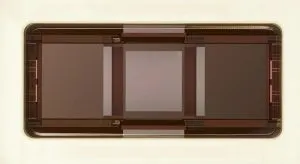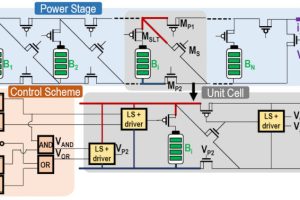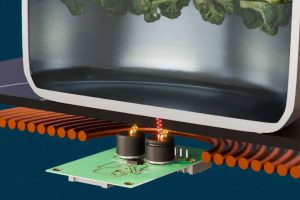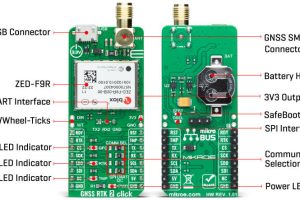
Aimed at drug research, it allows experiments on nerve cells outside of a human or animal.
Made in CMOS, it has 236 880 electrodes in a ~480 x 500 array across 5.5 x 5.9mm. The pixel spacing – 11.22μm square pixels on a 11.47μm pitch – allows more than one electrode to contact each nerve cell.
The electrodes are platinum, and all of them can be read at once through 33,840 70kHz channels, with ~9µV rms noise.
Digitised by single-slope ADCs, data is exported over a number of 4.752Gbit/s channels.
The company has teamed up with Screen Holdings, VitroVo and Tohoku Institute of Technology to develop a cell analysing technology demonstrator by combining the IC with Screen’s cellular electrical activity measurement technology and a data analysis algorithm created by Sony and Tohtech, and optimised by VitroVo.
“This makes it possible to quickly display analysis results such as cell firing frequency as calculated from electrical potential and image measurement data, on a monitor,” said Sony. “These measurement and analysis capabilities enable acquisition of cell activity data with greater density than with conventional methods, allowing users to obtain test results that were difficult with conventional measurement methods.”
Screen is to provide copies of the demonstrator to corporations and research institutions for trials, with VitroVo acting as a consultant on cell culture procedures, data analysis and result interpretation.
VitroVo will also offer contract research services based on copies of the demonstrator.
Three papers have been published on the device and its capabilities:
‘Large-area field potential imaging having single neuron resolution using 236,880 electrodes CMOS-MEA technology‘ in Advanced Science.
‘Field potential Imaging in human iPSC- derived Cardiomyocytes using UHD-CMOS-MEA‘ in bioRxiv
‘Analysis of β rhythm induction in acute brain slices using field potential imaging with ultra-high-density CMOS-based microelectrode array‘ in bioRxiv.
All can be read without payment.
Late last year, completely non-invasive mind control of prosthetics was demonstrated using quantum magnetometers to sense human nerve signals.



